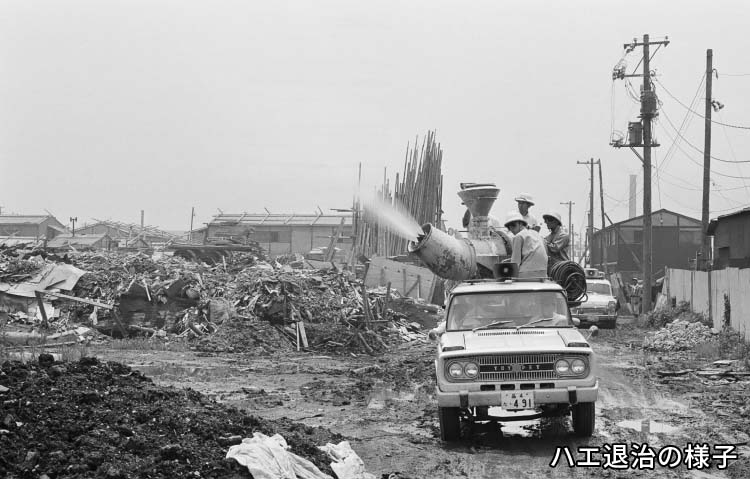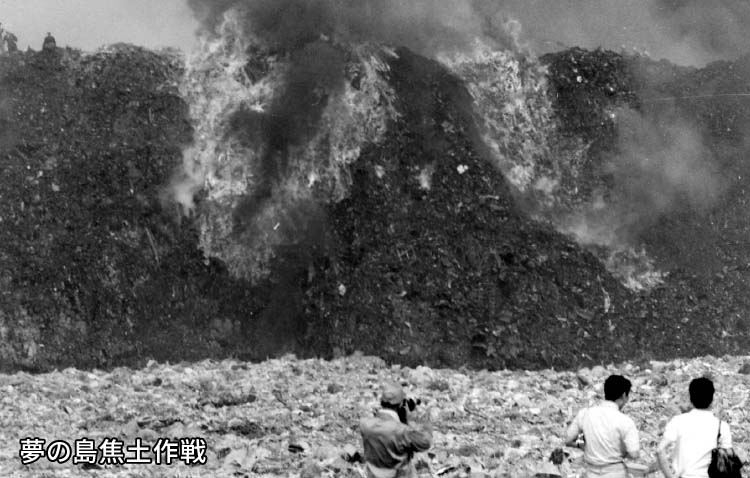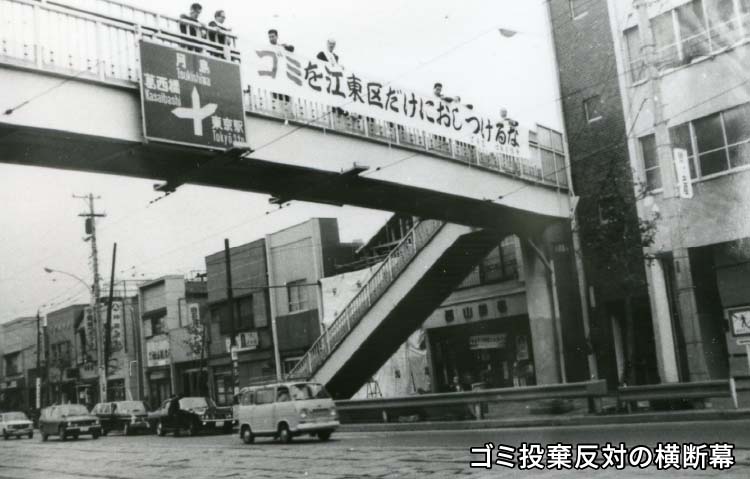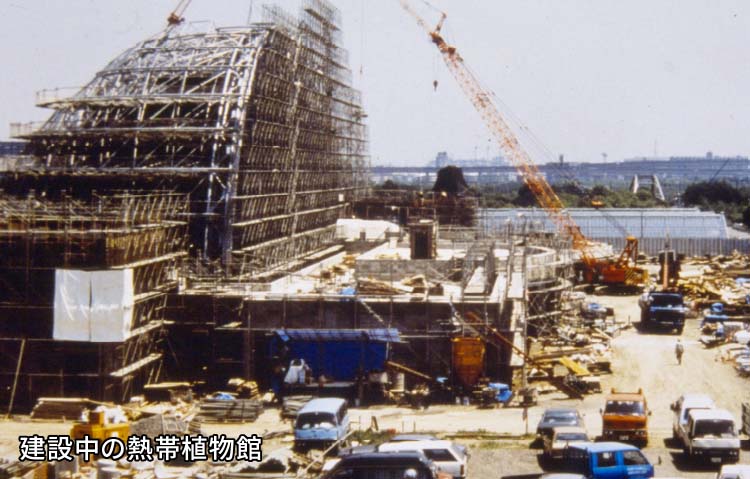Before the Edo period, Tokyo Bay was filled with sediment from many rivers, such as the Arakawa and Tonegawa rivers, and the accumulated sediment formed a shallow sea. In the past, most of Koto Ward was covered by the sea, but in the Edo period, land reclamation was actively carried out, and the current Koto Ward was formed.
After the Meiji period, dredging (deepening the seabed) was carried out to create a port for large ships in Tokyo. The excavated earth and sand were buried in the sea to create artificial islands.
The current Yumenoshima "Tokyo Bay Landfill No. 14" was born during the war. In 1938, a plan was made to build a huge amphibious airport "Tokyo City Airfield" off the coast of Koto Ward, and land No. 14 was created as the planned construction site. However, the war situation soon became severe, and the airfield plan was canceled due to lack of materials.
In 1947, two years after the end of the war, a beach was opened on Lot 14, whose use had not yet been determined. Its name is “Yumenoshima Beach”. Yes, from this time on, this land came to be called "Dream Island". At that time, Tokyo Bay was a very clean sea before the water pollution caused by high economic growth.
Palm trees were planted on the beach, and it was advertised as "Hawaii of Tokyo", and it seems that it was crowded with families. However, due to repeated typhoon damage and financial difficulties, it was closed after only three years. After that, there was a plan to build a huge amusement park, but it was abandoned and left for 7 years.




